You may wonder what this blog post is all about. But both dental floss and pool noodles are relatively cheap materials possibly lying around your house that could prove very useful when you’re caring for your collections.
That’s what I learnt last week when I was in the Clare Valley with Artlab Australia conservators Anne Dineen, Stuart Fuller and Kristin Phillips. We were running a workshop on Caring for Collections for community museums and historical groups in the area at the Clare Town Hall. We try to run this free workshop in different regions within the state every two years or so. This year’s workshop was possible through a grant from the Office for Volunteers.
The two-day workshop consisted of theory in the mornings and more practical sessions in the afternoons with plenty of opportunities to ask questions and chat over morning tea and lunch. Participants learnt about the museum environment and the different pests that attack our collections as well as how to store paper and textile items. Artlab brought plenty of examples of boxes, bugs, archival materials and equipment to pass around. And that’s when we learnt about dental floss being really useful for gently removing photographs that are stuck down in those nasty non-archival 1970s sticky photo albums.
The fun started when attendees were let loose on Clare National Trust Museum to try out their new found knowledge – checking for potential environmental problems and insect (and possum) activity as well as trying out Artlab’s monitoring equipment. On the second afternoon, everyone had a chance to practice some simple solutions for storing their paper and textile items. They made enclosures for paper documents such as a four fold flat folder (using archival paper); or via encapsulation (making a see through envelope using Mylar, an archival plastic). They also learnt to surface clean some very well trained stuffed ducks and teddy bears using a micro vacuum kit as well as making supports for storing and displaying textiles. And that’s where the pool noodles came in. Those colourful polyethylene foam tubes used as children’s swimming aids or pool toys make good supports for textiles when covered, and are relatively cheap.
We were delighted that the workshop attracted around 25 people from 16 different organisations mainly in the Clare & Mid North region but also the Barossa, Yorke Peninsula and Adelaide. It was a great chance to not only learn new skills but also network with one another.
More photos of the workshop can be found here. Along with the free set of notes that each participant received, we hope the pictures will be a useful reminder of what was learnt each day.
Don’t forget that our website has a Suppliers’ Directory and useful help sheets that can be downloaded. Micro vacuum kits can be purchased from us at History SA at $20 each while we also sell small quantities of Tyvek at $3.30 a metre. Contact us for more information.
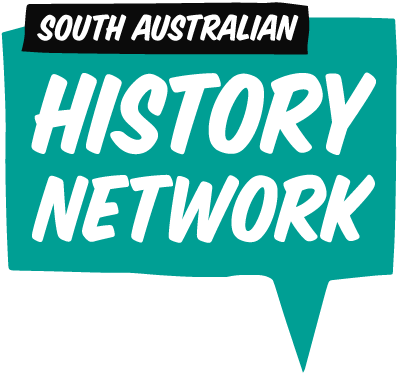

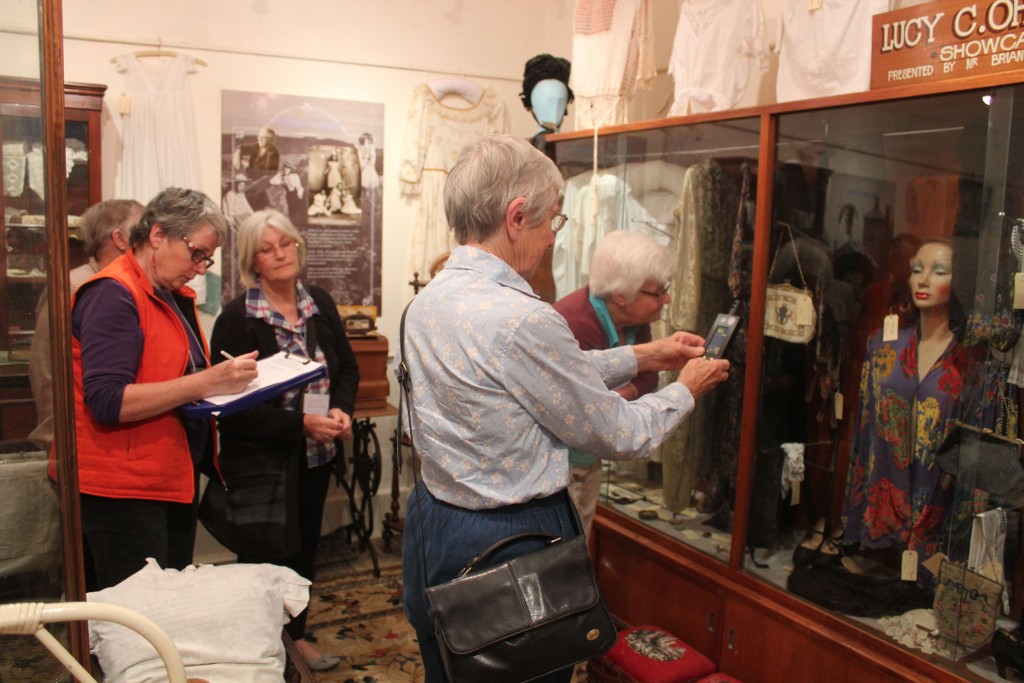
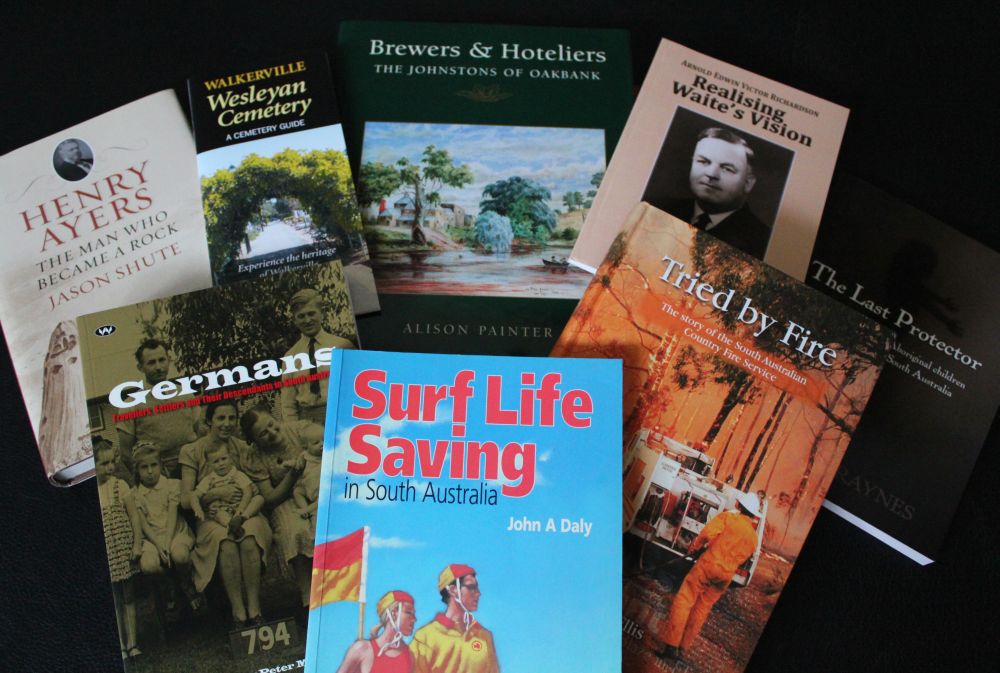
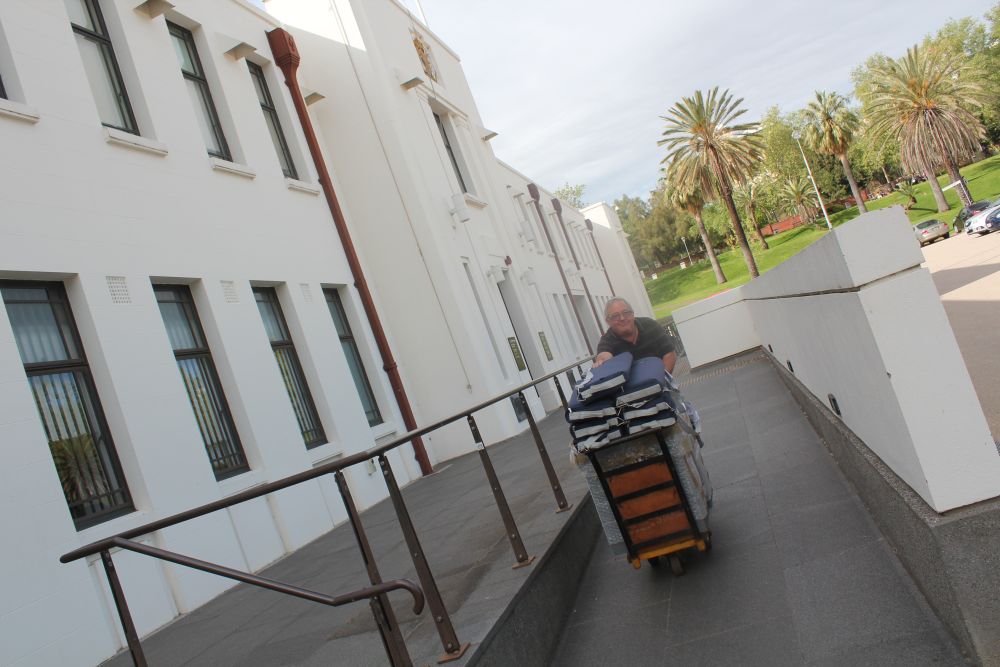
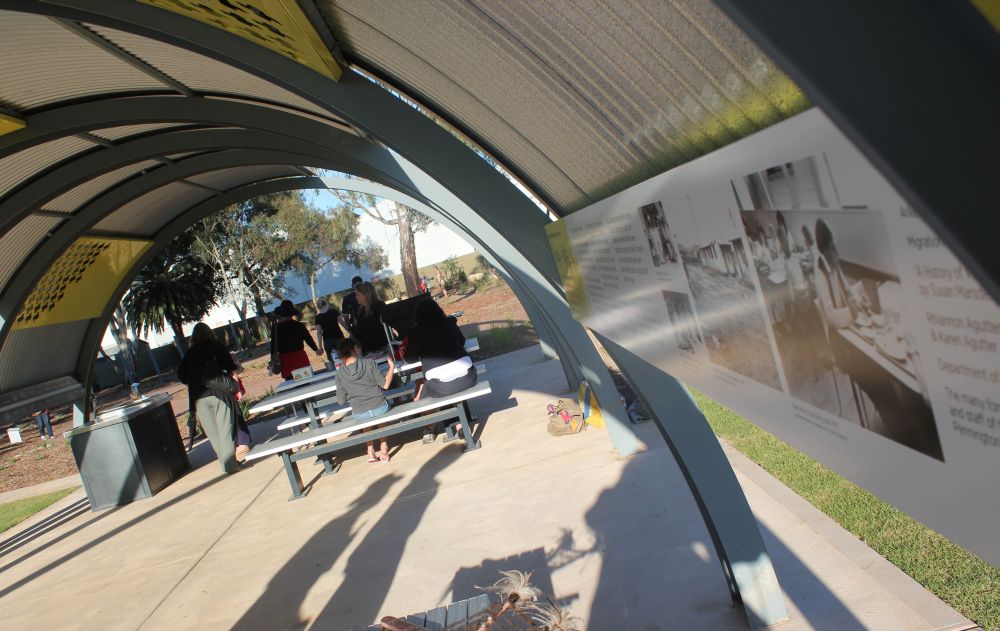

Recent Comments